BoC left overnight rate target unchanged at 0.25% as widely expected. It noted that this is the “effective lower bound” of the overnight rate already. BoC will continue to purchase at least CAD 5B in government securities per week in the secondary market. It’s also temporarily increasing the amount of treasury bills acquired at auctions to up to 40%.
Additionally, BoC launches today a new Provincial Bond Purchase Program of up to CAD 50B, to supplement the Provincial Money Market Purchase Program. Further there is a new Corporate Bond Purchase Program, in which the Bank will acquire up to a total of $10 billion in investment grade corporate bonds in the secondary market. Both programs will be put in place in the coming weeks. Term repo facility is enhanced to permit funding for up to 24 months.
While it’s “too uncertain” to provide a complete economic forecasts, BoC analyzed alternative scenarios. GDP was down 1-3% in Q1 and will be 15-30% lower in Q2 this year, comparing with Q4 2019. CPI inflation is expected to be close to 0% in Q2, primarily due to lower gasoline prices.




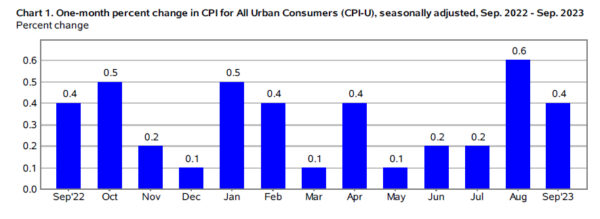
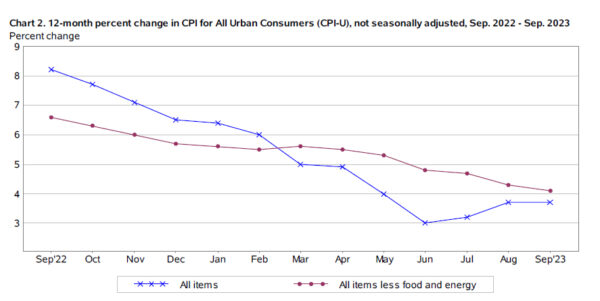
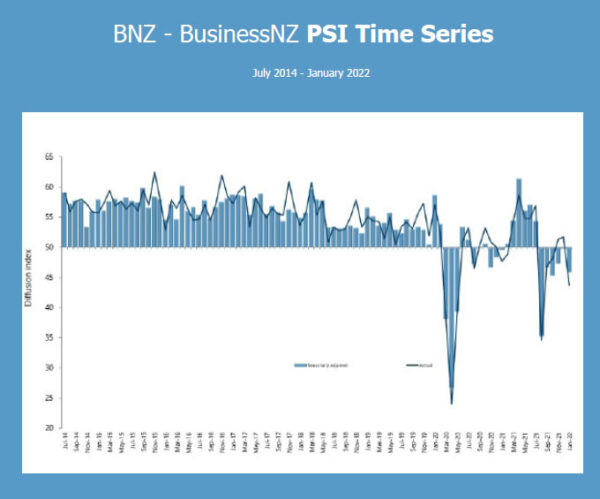
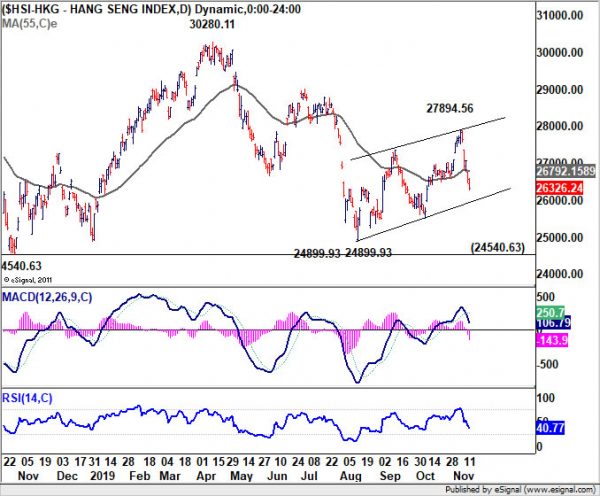
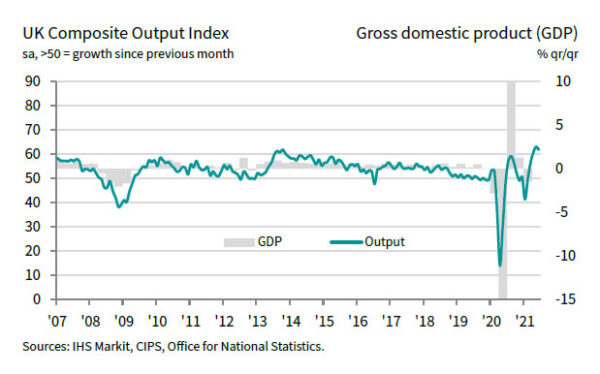
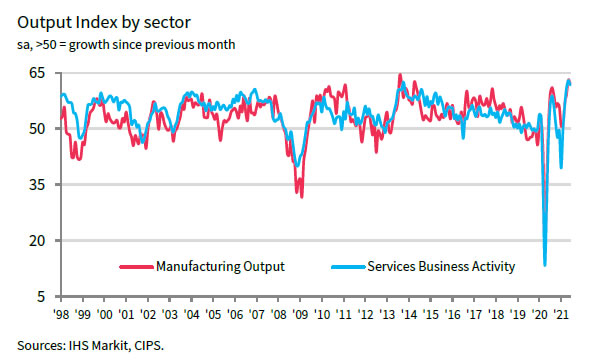
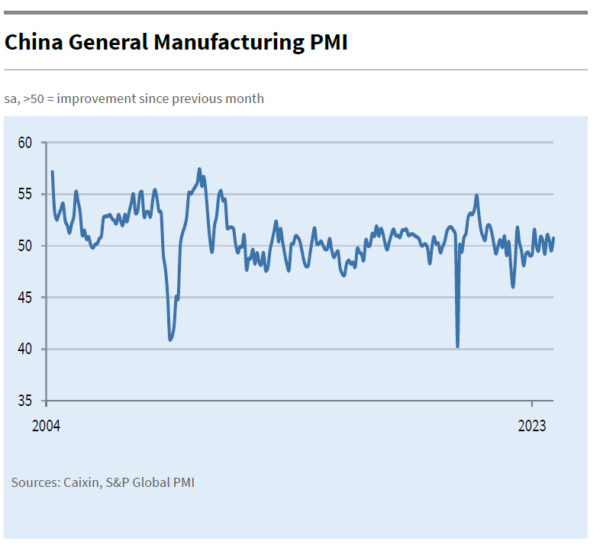
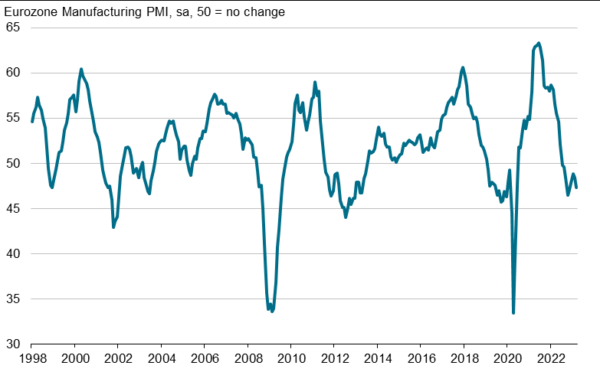
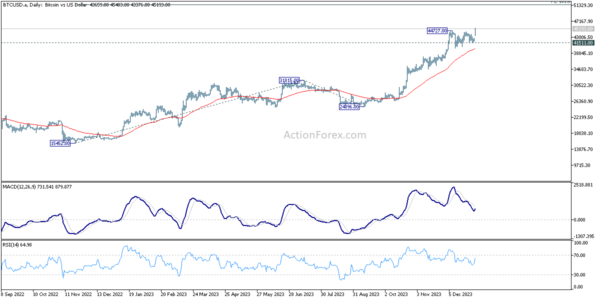
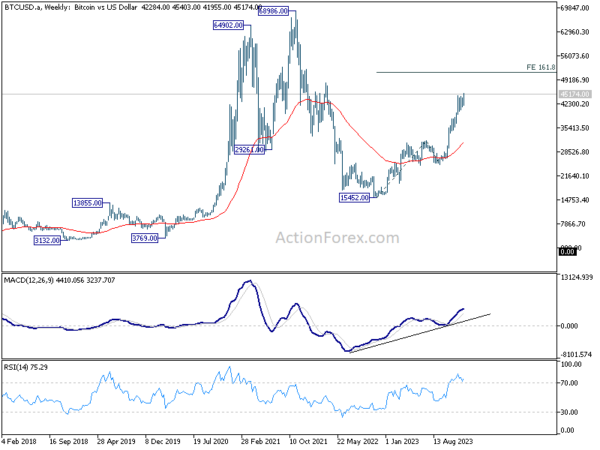
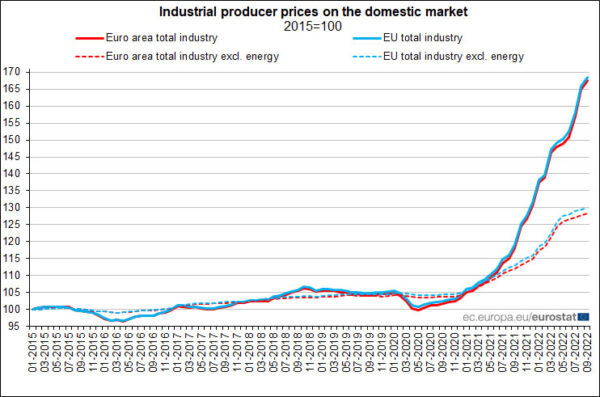
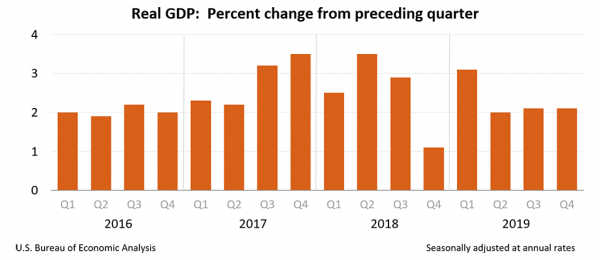
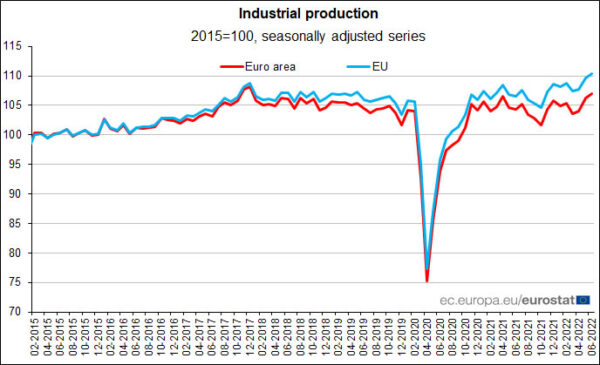

Fed stands pat, notes economic activity and employment have picked up somewhat
Fed kept federal funds rate unchanged at 0-0.25% as widely expected. It also maintain the pledge to use its “full range of tools to support the U.S. economy in this challenging time, thereby promoting its maximum employment and price stability goals.” Also, Fed will continue to ” increase its holdings of Treasury securities and agency residential and commercial mortgage-backed securities at least at the current pace”.
Fed acknowledged that “economic activity and employment have picked up somewhat in recent months but remain well below their levels at the beginning of the year. Weaker demand and significantly lower oil prices are holding down consumer price inflation. Overall financial conditions have improved in recent months, in part reflecting policy measures to support the economy and the flow of credit to U.S. households and businesses.”
Otherwise, the statement was largely unchanged from the prior one.
Full FOMC statement here.